The digital workplace is the foundation of modern work, and for many, Microsoft 365 is the suite of tools that enables messaging and productivity for end users, regardless of location.
Microsoft Viva Insights offers personalized insights and recommendations to end users to help them build better work habits. It is available to Microsoft customers under certain additional Licensing plans.
We’ve heard from many of our customers who use Microsoft 365 and have licensed Microsoft Viva Insights that there is a need for a more granular and affordable set of analytical capabilities.
They cite the need for a deeper and broader set of analytics and insights on how Microsoft 365 is utilized in their companies, and how it compares to other tools they have licensed and deployed. This is to support IT, End-User Computing (EUC) teams, and their Application Admins understand and report on the impact of applications they use within the workplace tool stack.
Digital Workplace Analytics is built to serve the needs of IT leaders and their end-user computing (EUC) teams (IT Operations, Application Managers, Information Systems Managers, leaders in Systems Engineering, Productivity & Collaboration product owners).
It is the process of collecting and analyzing data about how companies use their workplace tools over time. These tools include Google Workspace, Microsoft 365, Slack, Zoom, and Cisco WebEx. They are utilized by hundreds of millions of users at companies, every day.
The key advantage of using digital workplace analytics for IT/EUC professionals, and their key business stakeholders, is to bring more certainty to their decision-making, using data-driven insights.
Despite their popularity and pervasive use, application administrators of these tools suffer from inadequate data analytics at a console level, only being able to access standardized usage metrics of limited scope and value.
Companies can, of course, choose to extend these metrics by building custom applications and/or custom widgets via the source system’s APIs. These can then be used to interoperate with existing Business Intelligence (BI) tools such as Looker Studio, Tableau, and Power BI for example. However, this approach is burdensome, being resource intensive and costly to build and maintain.
For more information on Temporall’s focus on value realization, check out our recent blog on this topic here.
Interested? Get in touch and understand how Temporall can deliver top-line and bottom-line results for your business.
Sign-up to stay up-to-date on the latest news, insights and conversations around the digital workplace.
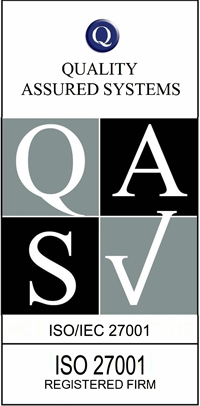
Book a 30 minute Demo
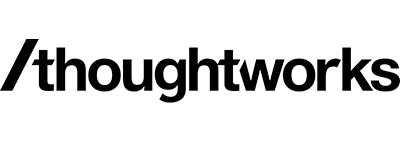
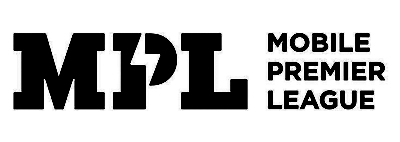
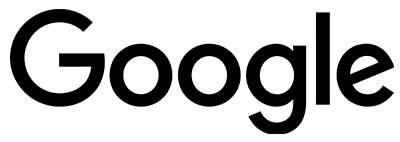
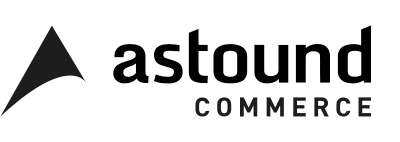

By filling out this form, you agree to our privacy policy.
Temporall Privacy Policy
Contact Temporall if you have any questions about our privacy policy.
Please ensure that your query is clear, particularly if it is a request for information about the data we hold about you.
Book a 30 minute Demo
Contact Temporall for a personalized demo and see how we transform your Workplace data into actionable productivity gains.




